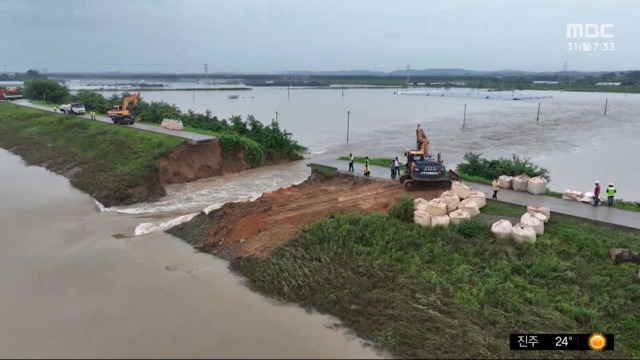The Australian women’s national soccer team led by Ellie Carpenter is one of the most popular national teams in Australia. However, football is only a fringe sport in the country. (IMAGO / Eibner / IMAGO / Eibner press photo / Memmler)
If you want to talk about football in Australia, you quickly run into a big problem: Down Under there are two terms for football: football and soccer.
“Football fans in Australia see the word ‘soccer’ almost as a slave name, representing the difficulties the sport has faced for many decades,” said Andy Harper, who was in the Australian league for many years in the ’90s. ” There was also a real campaign for the term “football” along the lines of: We are real football, we are part of the global football world. One reason football fans are so sensitive is because they want to differentiate Australian culture from American culture. And the fact that the Americans call the sport soccer is one of the reasons why we don’t want that.”
Colonialists wanted to prevent football from becoming popular
After his active career, Andy Harper has dealt intensively with the historical role of his sport in Australia. In his doctoral thesis, he states that Australian football has a long tradition that goes back to colonial times: the British colonialists actually wanted to prevent football from becoming popular in Australia.
Harper: “The decision makers, the colonialists in Great Britain wanted to export a certain kind of ‘Britishness’ and football didn’t fit into that. And there were reasons for that: football, before all other sports, left the white upper class and reached the middle class. They lost control of it, football was suddenly no longer a sport for whites, but for all ethnicities in the world. And that’s why football, to keep the political clout in places like Australia, has never been very popular.”
Football has long been banned from private schools, which used to cater only to the white upper class of Australian society. Instead, depending on the location, rugby or cricket was played. “This wall was then torn down sometime in the 1980s, similar to East Berlin. And when at some point people were able to decide for football, the enthusiasm for football started.”
Professional football in Australia sparsely attended
Nonetheless, the historical suppression of the sport is the reason why there is a huge gap between professional and amateur football in Australia today. While football is one of the most popular grassroots sports, the stadiums of professional football clubs in Australia are sparsely filled.
Australian football, rugby and cricket are the team sports that dominate the sports TV market in Australia and attract fans to the stadiums. “Because the British colonial ties and ties to other sports that have been forged here for over 100 years are very strong. And these sports are not just going to give that up now. Other sports are entrenched and ratings develop from there. That which ultimately also dictates the market. And we don’t have that yet. We have a lot of players, but people grow up and play football, but they don’t sit in front of the television and watch it.”
The Melbourne location is symbolic of this at this World Cup. In one of the most sport-crazy cities in Australia, the football World Cup is only a guest this year until the round of 16. “That’s the irony: Melbourne prides itself on being one of the world’s greatest sporting cities, but we can’t really fit the world’s greatest sporting event here.”
Football plays a minor role in Melbourne
Kimon Taliadoros is CEO of the National Football Association in Victoria. He explains: Football only plays a minor role in Melbourne. Australian football, cricket, netball, basketball and tennis are all headquartered in the state capital of Victoria. So there isn’t much room for football. “The demand from the players is higher than what we can offer them here at clubs or sports facilities. So people find other ways to play football.”
There is only one major stadium in Melbourne built exclusively for football and rugby: the Rectangular Stadium, which can seat up to 30,000 fans. But: “For the quarter- and semi-finals, FIFA requires a stadium with a capacity of at least 50,000. And the only stadium that can do that in Melbourne is the cricket stadium. And that’s not available because the current tenants didn’t want it. And that’s the Australia Football League and the Cricket Federation.”
Nevertheless, Kimon Taliadoros hopes that this World Cup will trigger a football hype in Australia and especially Melbourne: “The World Cup is enormously important for us because it generates attention. Precisely because there are so many sports, football here in Victoria is often invisible compared to the other sports because they have such large institutions that are deeply rooted in our culture. And now we are in times where women’s football is suddenly dominating the media mainstream, creating awareness of our sport that otherwise would not exist.”
2023-07-30 20:57:59
#football #fringe #sport #Australia


